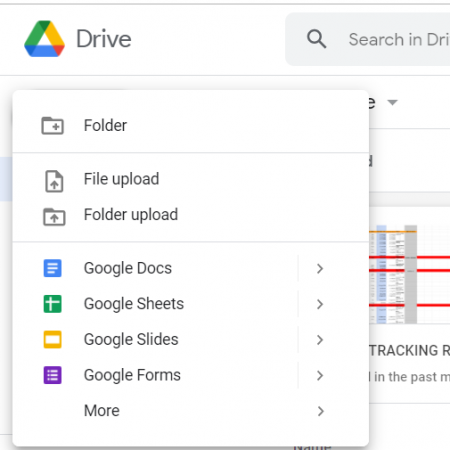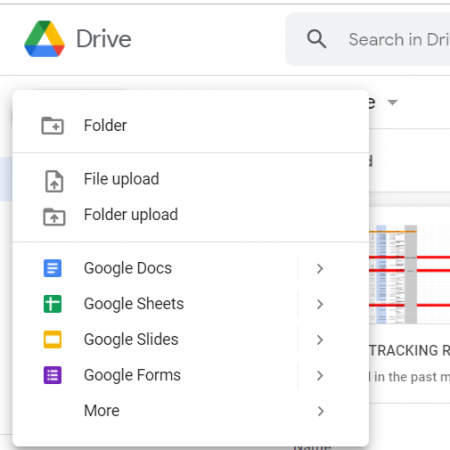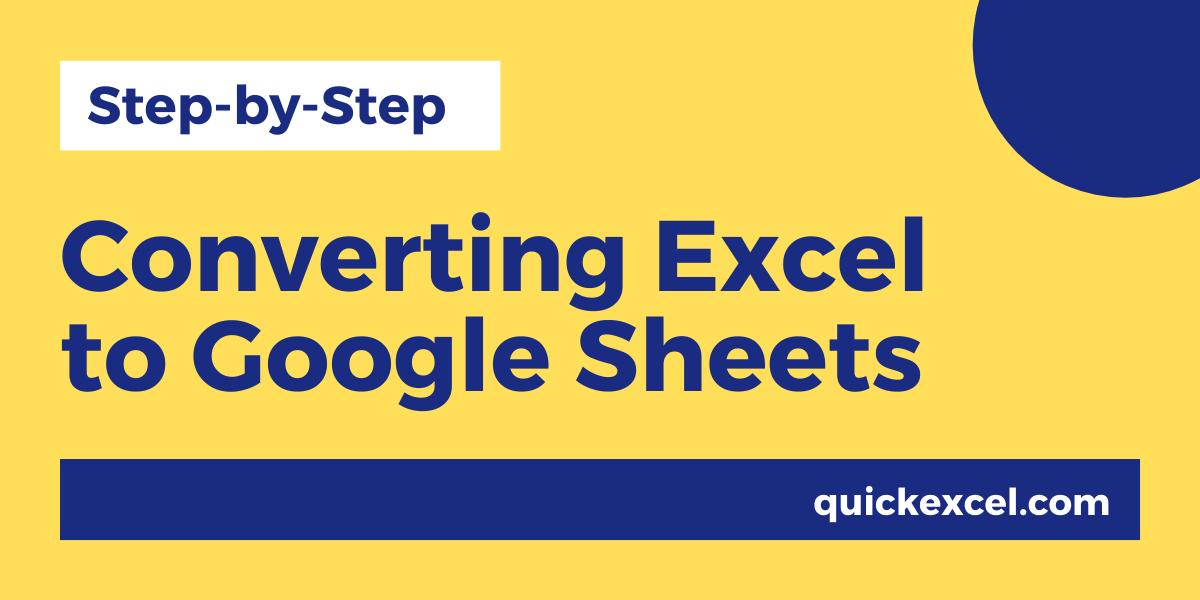5 Easy Ways to Switch from Excel to Google Sheets

Transitioning from Microsoft Excel to Google Sheets can be both an exciting and challenging endeavor. Whether you're drawn by the seamless collaboration features of Google Sheets, its cloud-based nature, or simply looking for a cost-effective solution, making the switch can significantly enhance your data management and analysis capabilities. Here are five straightforward methods to help you transition smoothly from Excel to Google Sheets:
1. Direct Import via Google Drive

Google Sheets offers an incredibly easy way to import Excel files:
- Open Google Drive.
- Click the New button.
- Select File Upload.
- Choose your Excel file (.xlsx or .xls) and upload it.
Once uploaded, your Excel file appears in your Drive. Here’s how you convert it to a Google Sheet:
- Right-click the file in Google Drive.
- Select Open with, then Google Sheets.
- From there, go to File and choose Save as Google Sheets.
🚨 Note: Complex Excel features like macros or VBA scripts might not convert properly. Always review your Sheet post-import for accuracy.
2. Use Google Sheets Import Functions

If you need regular updates from an Excel file, consider using Google Sheets import functions:
=IMPORTXMLor=IMPORTRANGEto import data dynamically from a URL or another Google Sheet.=IMPORTRANGEcan work with Excel files saved on Google Drive if they’re opened as Google Sheets first.
These functions allow for real-time updates, ensuring your data remains current.
3. Google Takeout for Data Export

If you’re switching to Google Sheets from a personal computer, Google Takeout can be handy:
- Go to Google Takeout.
- Select Spreadsheet.
- Choose Excel as the export format.
- Download your Excel files, then upload them to Google Drive to convert to Sheets.
🔄 Note: This method is great for batch conversion when dealing with multiple Excel files.
4. Utilize Google Workspace Migration for Microsoft Outlook (GSM)

If you’re moving from a corporate environment with Microsoft Office:
- Google Workspace Migration can automatically convert your mailboxes, calendars, and documents, including Excel files, to their Google counterparts.
- This requires admin privileges and is best for organizational-wide transitions.
5. Manually Recreate Spreadsheets

If you’re looking for a hands-on approach:
- Manually recreate your spreadsheets in Google Sheets to ensure all formulas and functions translate correctly.
- Copy and paste data, then adjust formulas and formatting manually.
This method gives you control over every aspect of the transition but can be time-consuming for larger workbooks.
Transitioning from Excel to Google Sheets can unlock a world of collaboration and accessibility. While the shift might seem daunting, with these methods, you're well-equipped to make the change smoothly. You'll enjoy the benefits of real-time collaboration, version control, and cloud-based storage, making your work more efficient and agile.
Will my Excel formulas work in Google Sheets?

+
Most Excel formulas work in Google Sheets, but there are differences. For instance, array formulas might require updates. Always check and test your formulas after conversion.
What happens to my Excel macros when I switch to Google Sheets?

+
Macros written in VBA won’t work in Google Sheets. Instead, Google Sheets uses Google Apps Script, which has a different programming environment.
Can I revert back to Excel if Google Sheets isn’t working for me?

+
Yes, you can easily export your Google Sheet back to an Excel file via the File > Download > Microsoft Excel (.xlsx) option.
How do I ensure my data is secure during this transition?

+
Google Sheets has robust security features, including encryption during transit. Ensure you set appropriate sharing settings, and review Google’s data privacy policies for comfort.
What if I have custom add-ins in Excel?

+
Custom Excel add-ins don’t automatically transfer. Check if similar functionalities exist in Google Sheets or if the add-in provider offers a Google Sheets version.